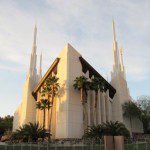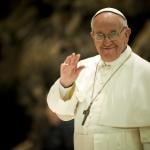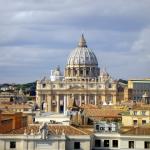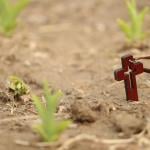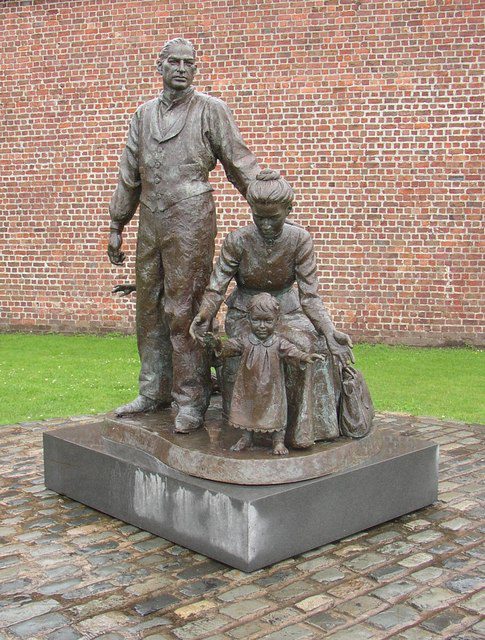
(Wikimedia Commons photograph by Humphrey Bolton)
An article of mine appeared in Meridian Magazine last evening: “A Mind Built to Believe.” I hope that somebody will read it. Also . . .
I blush to admit that I already said exactly the same thing a long, long time ago, in a book entitled Offenders for a Word: How Anti-Mormons Play Word Games to Attack the Latter-day Saints: See the last section, “Mormonism as ‘Cult’: The Limits of Lexical Polemics”
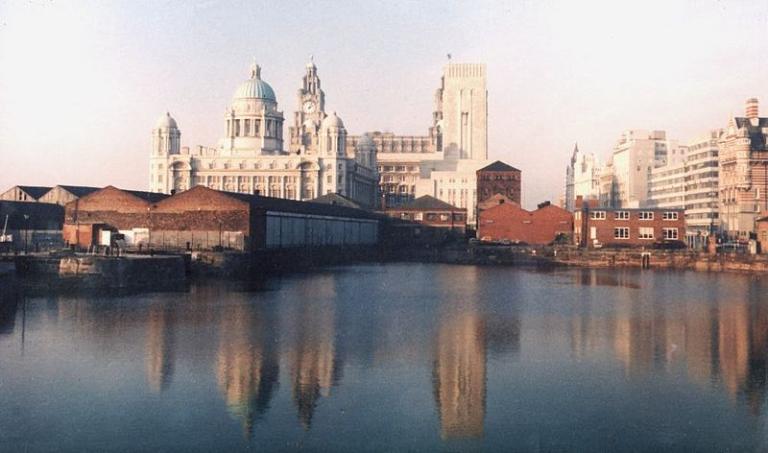
I think that I’ll share another few passages from Eugene England, Brother Brigham (Salt Lake City: Bookcraft, 1980), which I re-read several months ago in preparation for the Interpreter Foundation’s planned Six Days in August film project. In the passages that follow below, Gene England is discussing Brigham Young and the mission of the Twelve that, relatively new in his role as president of the quorum, he led to Great Britain.
On 10 June 1840, Brigham wrote to his apostolic associate Willard Richards about mission business, including these remarks, with illustrate his self-deprecating sense of humor:
Be carful not to lay this letter with the new testament writings. If you doe, somebody will take it for a text after the [Millennium] and contend about it. (cited on 48)
Near the end of the letter, he cautioned Richards:
Now my Dear Brother you must forgive all my noncense and over look erours. (cited on 48)
And his next letter to Elder Richards, written on 17 June 1840, ended as follows:
Excuse erours and mestakes. You must remember its from me. (cited on 48)
In that same 17 June letter, Brigham responded to a question about how Elder Richards, still in his early thirties and relatively recently married to his British wife Jennetta there in England, might be able to see his wife. The humor is there, but also evident is Brigham’s sometimes-forgotten kindness:
Now as to the other question about Jennet thus saith the scripter he that provideth not fore his own house has — but perhaps he has no house. Well has he got a famely, yes he has got a wife. Then let him see that she is take care of and her hart comforted. But stop say som why doe you not tak care of your famely. I doe when circumstances doe not render it otherwise. There is a difference betwene 3 months jorny [i.e., Brigham’s distance from his wife] and a fue ours ride. Now I say to anser my own feelings com as soon as you can leve things there. This is not by revelation nor by commandment so put it not with the anapistles of the new testament but Brigham sayes come and see your wife.
One of the recurring themes of Professor England’s chapter regarding the British Mission is the role that that missionary experience had in shaping the Twelve and equipping them to lead the Church when events eventually required that of them.
Again the Prophet [Joseph Smith] had responded to persecution, this time the near extermination of the Saints in Missouri, with radical courage, sending his strongest group of supporters abroad to build the kingdom rather than clutching them close. Such inspired daring did indeed save the Church — by doubling its membership in one year; by starting the continuous flow of faithful and in many cases skilled converts who would help build Nauvoo and create the Zion in the mountains; and by testing, training, and unifying the group of missionaries (apostles and others) who would have to resolve the great crisis of leadership at Joseph Smith’s death and would then provide four of the Church’s presidents, those who would govern it to the dawn of the twentieth century. (36)
Another theme is the role played by the Twelve’s mission to Great Britain in establishing Brigham Young not merely as the nominal leader of the Quorum but as the apostles’ recognized natural leader:
The eight apostles [who went on the British mission to] were an exceedingly diverse as well as able group of men — culturally, intellectually, and in their skills and interests; but during their year in England under Brigham’s close leadership and association they came to work more and more in unity with each other and with the First Presidency in America . . . and it is one of the most significant and neglected evidences of Joseph Smith’s and Brigham Young’s similar greatness that they attracted and kept the respect and loyalty of such a group of men. (43)
These then were the gritty, complex, and diverse individuals who under Brigham Young’s leadership in England forged themselves into perhaps the most dramatically effective missionary force the Mormon Church has known and into a devoted, disciplined, and mutually loyal body who were never again, even in the crises of the Nauvoo persecutions and Joseph Smith’s death, troubled by the problems that plagued the Quorum in its first four years. What was Brother Brigham’s contribution? The evidence is not easy to come by, but the details come together from the various writings of the apostles and from the record of their activities and achievements which were like Brigham’s own or of those he was directly involved in. Perhaps most telling is that he clearly won the respect and devotion of the Quorum members, being able not only to supervise their work from afar but to fit in directly with the extremely varied style and duties of the articulate editor, Parley P. Pratt, in Manchester, the almost frantically successful and curiously perceptive evangelist, Wilford Woodruff, in Herefordshire, and yet again with Elder Woodruff and Heber C. Kimball in the challenging and relatively unrewarding work in London. (49)
One crucial difference between an executive genius [which Brigham Young almost indisputably was] and a prophetic leader is the ability not only to produce followers who are willing disciples — even martyrs — but to produce other prophets as well. Brigham became that kind of prophetic leader as he developed during those two years of preparation and service in England the kind of qualities that come with confirmation from the Lord of spiritual success. He gained the unique confidence that results from daring and successful ventures in faith across a spectrum of supremely important life activities. And that confidence in turn empowered even more successful ventures and brought Brigham Young the crucial, liberating acceptance by himself of his own worth as a servant of God and acceptance by others of him in that role. (53-54)
In these scenes Brigham Young was the commanding figure and is referred to for the first time by Wilford Woodruff simply as “The President.” (57)

Finally, on a very distinct note — you’ve been warned! — here’s a frightening example from the Christopher Hitchens Memorial “How Religion Poisons Everything” File™ of one of the wonderful things that might be lost if people adhere to the health code of the Church of Jesus Christ of Latter-day Saints: “Nearly One Third of Schizophrenia Cases in Young Men Linked to Heavy Marijuana Use, Study Finds”



